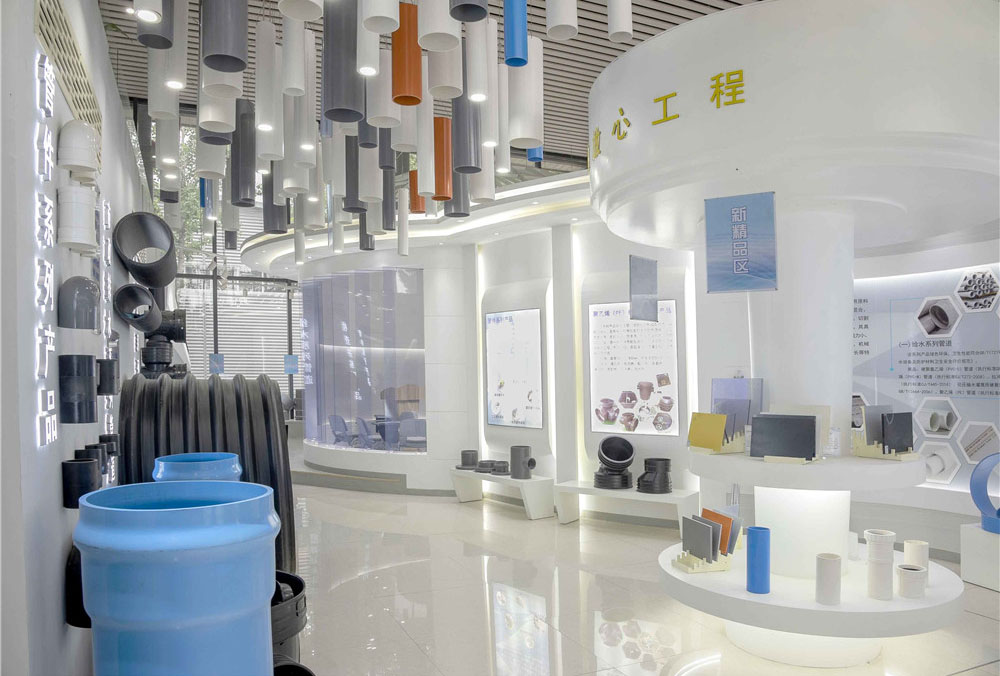Sep . 22, 2024 17:41 Back to list
plumbing pipes and fittings
Understanding Plumbing Pipes and Fittings
Plumbing is an essential aspect of modern infrastructure, ensuring that clean water flows into our homes and wastewater is effectively removed. At the heart of any plumbing system are pipes and fittings, which play a critical role in transporting water and other fluids. This article will provide an overview of plumbing pipes and fittings, highlighting their types, materials, and importance in a plumbing system.
Pipes are the conduits through which water travels. They come in various types and sizes, allowing for flexibility in installation and use. The most common types of plumbing pipes include PVC, copper, PEX, and galvanized steel. PVC (Polyvinyl Chloride) pipes are lightweight, durable, and resistant to corrosion, making them a popular choice for residential plumbing. Copper pipes are known for their longevity and resistance to bacteria, but they can be more expensive and require soldering for connections. PEX (Cross-Linked Polyethylene) has gained popularity in recent years due to its flexibility, ease of installation, and resistance to scale and chlorine, making it suitable for both hot and cold water lines. Galvanized steel pipes, while once common, are less favored today due to their susceptibility to corrosion and lower durability compared to modern alternatives.
plumbing pipes and fittings

Fittings are the components that connect the pipes and allow for changes in direction, size, or function within the plumbing system. Common fittings include elbows, tees, couplings, and valves. Elbows are used to change the direction of the piping, typically at a 90-degree angle. Tees allow for branching off to other pipes, creating access points for additional plumbing fixtures. Couplings connect two straight pipes, while valves control the flow of water through the system, allowing homeowners and plumbers to shut off or regulate water supply as needed.
Choosing the right combination of pipes and fittings is crucial for a functioning plumbing system. Factors such as water pressure, temperature, and the overall layout of a building must be considered. Proper installation is also vital, as leaks can lead to water damage and costly repairs. Regular maintenance of plumbing pipes and fittings can prevent issues and prolong their lifespan.
In conclusion, plumbing pipes and fittings are fundamental components of any plumbing system. Understanding their types, materials, and functions can help homeowners make informed decisions when installing or repairing their plumbing. By choosing the right products and ensuring proper installation, one can maintain a reliable and efficient plumbing system that serves the needs of a household effectively.
-
Durable PP Rigid Sheet: Lightweight, Chemical Resistant Solutions
NewsAug.21,2025
-
PVC Grey Sheet for Extraction: Chemical Resistant & Durable
NewsAug.19,2025
-
Durable PVC Pipe Fittings for Plumbing & Irrigation Needs
NewsAug.18,2025
-
HDPE Steel Belt Reinforced Spiral Corrugated Pipe | High Strength
NewsAug.17,2025
-
HDPE Pipe Fittings: Durable, Leak-Proof Solutions
NewsAug.16,2025
-
Premium CPVC Sheet: High-Temp & Chemical Resistant Solutions
NewsAug.15,2025

